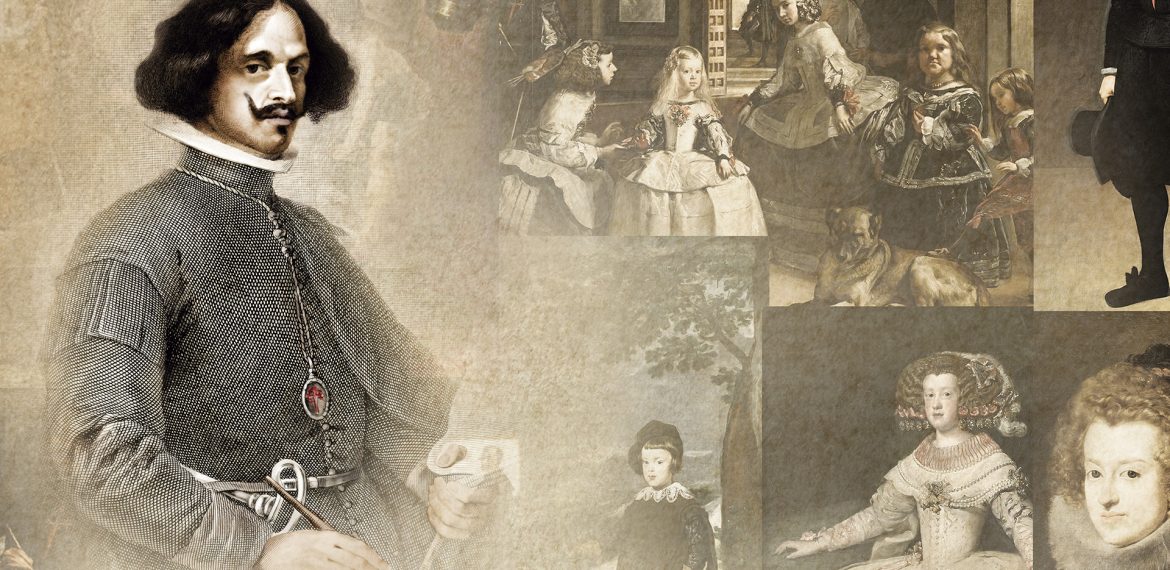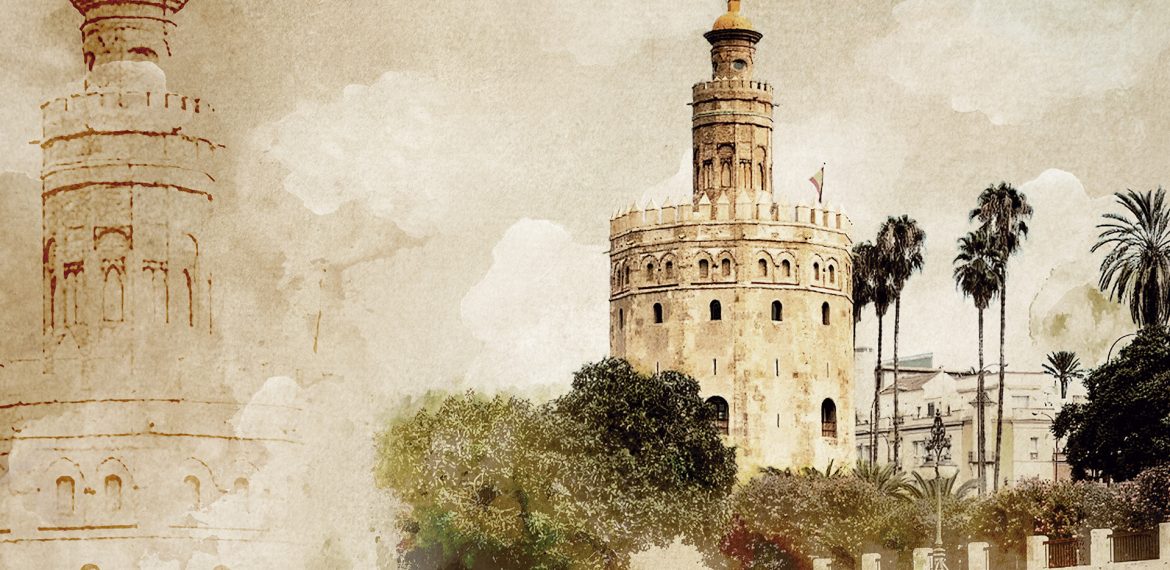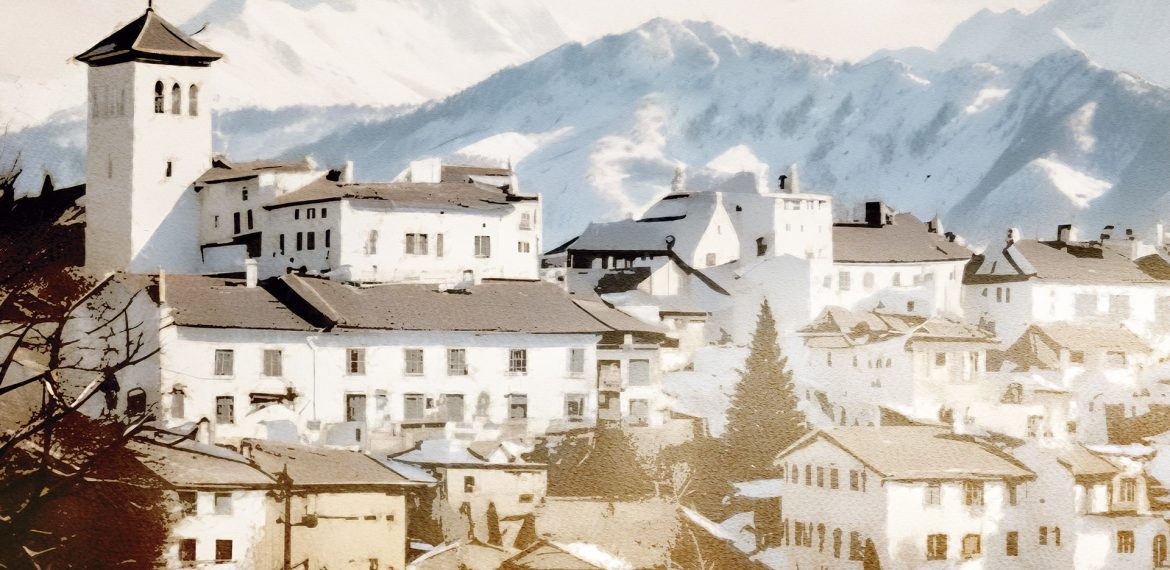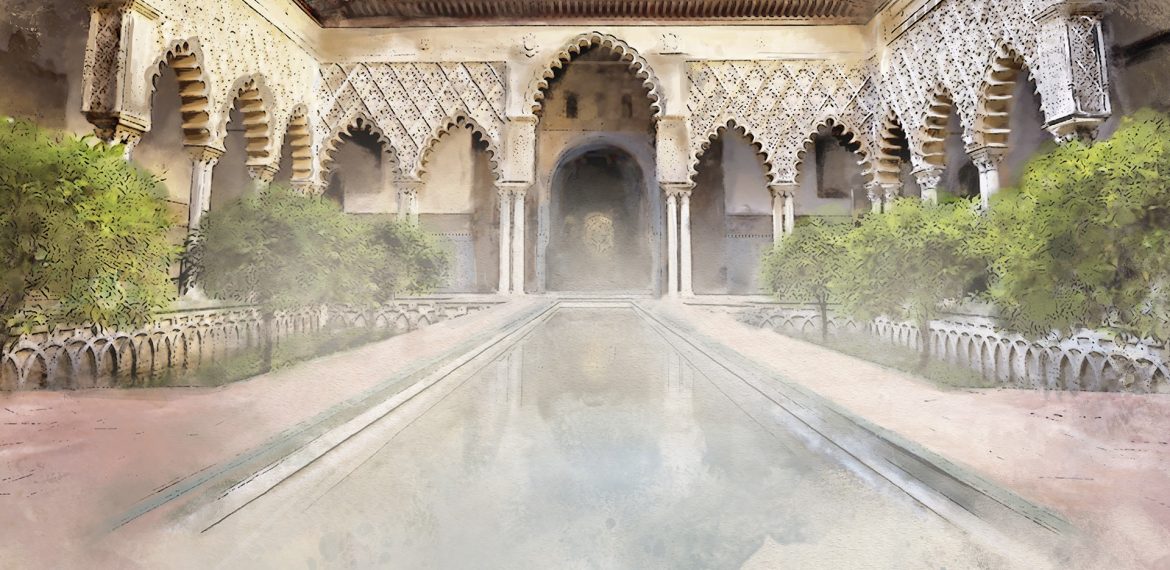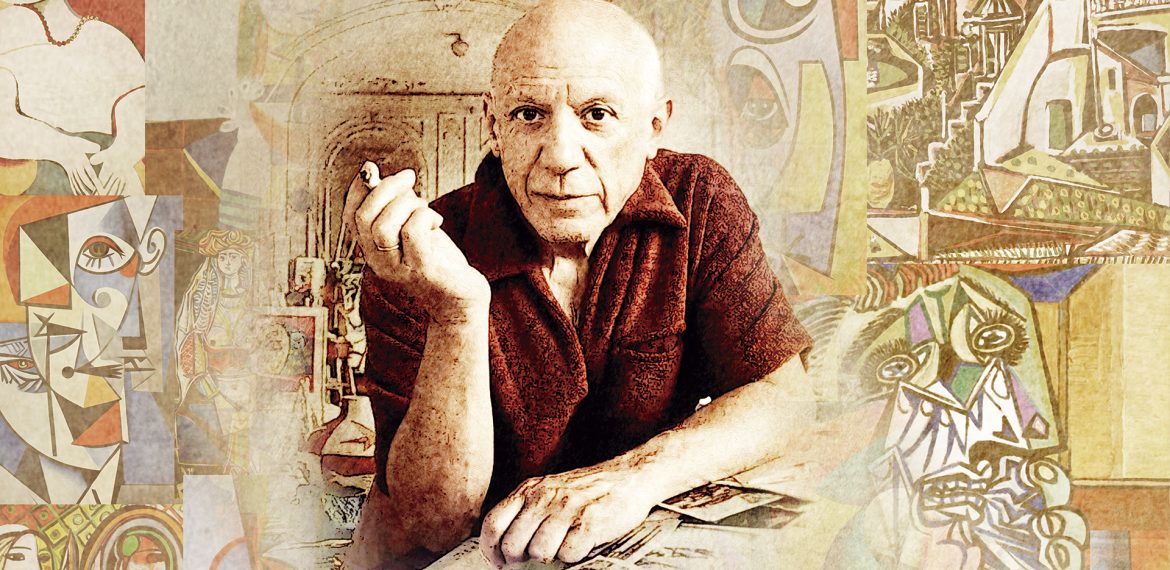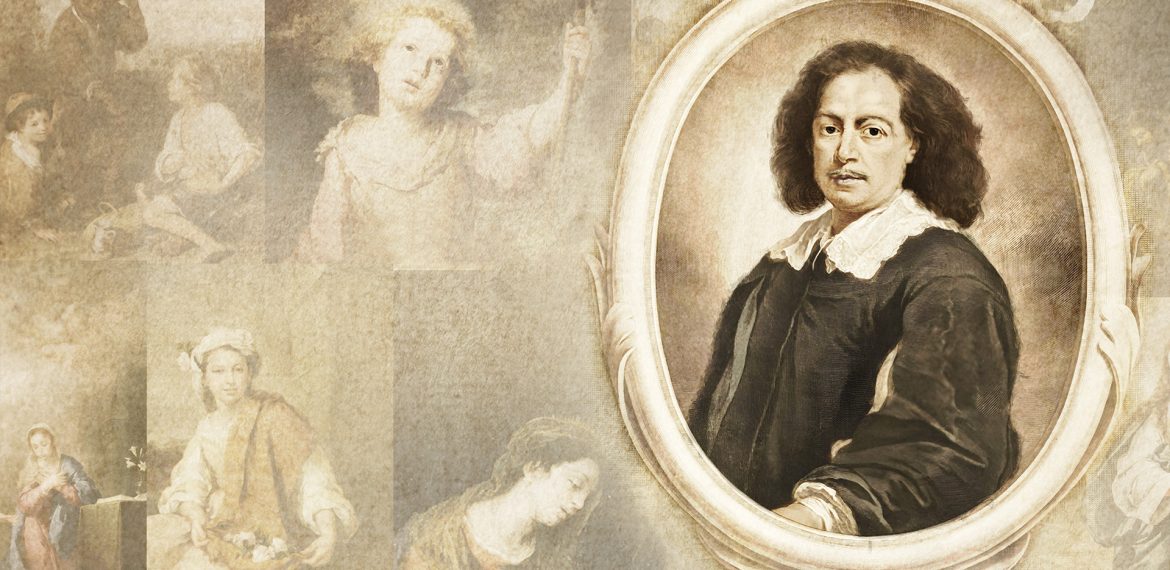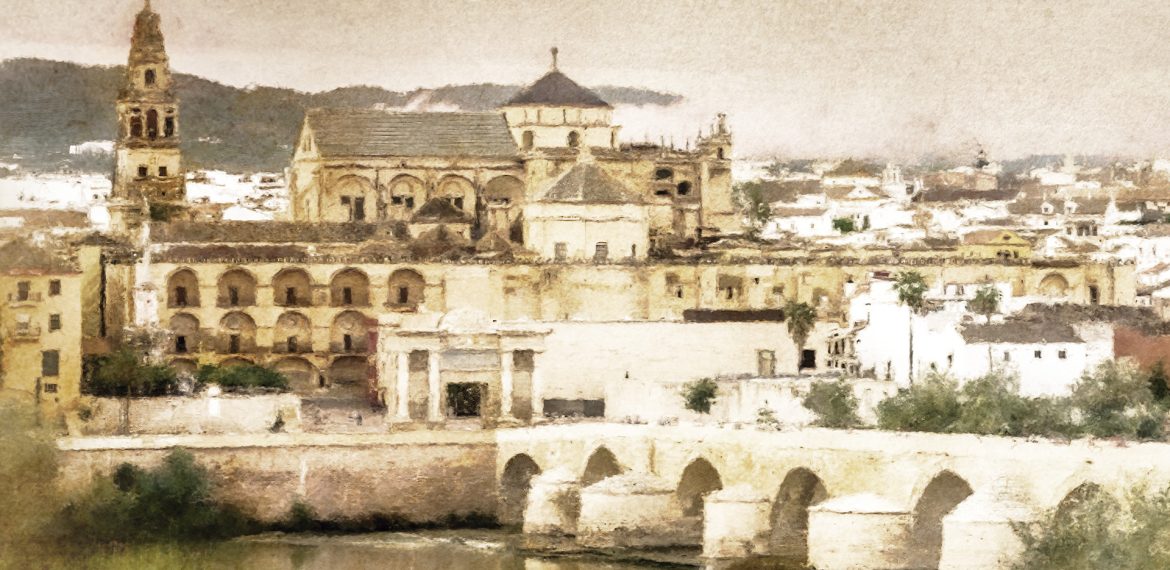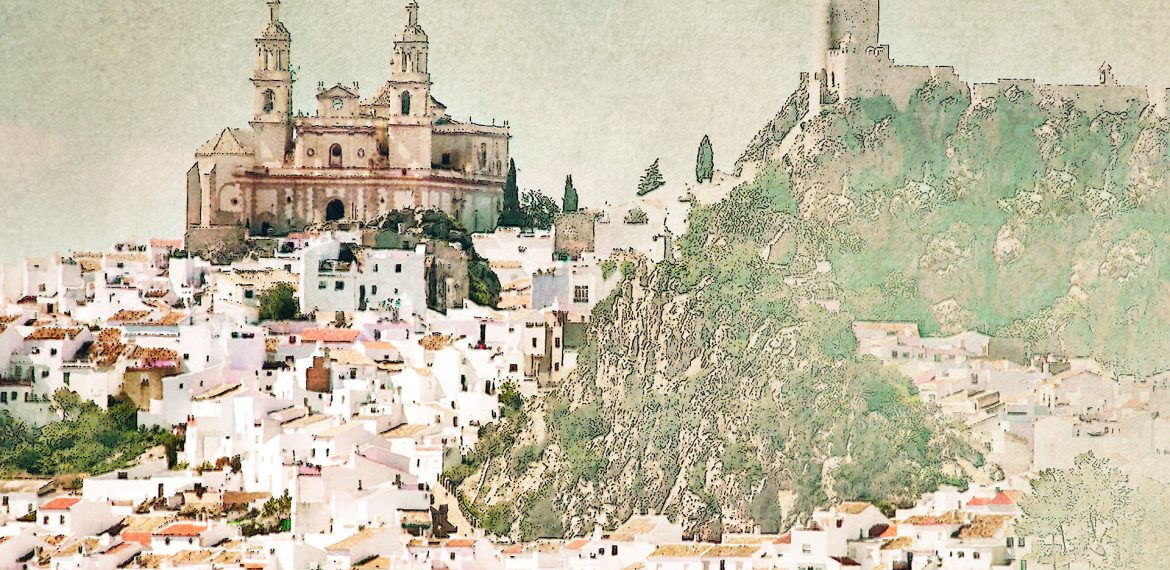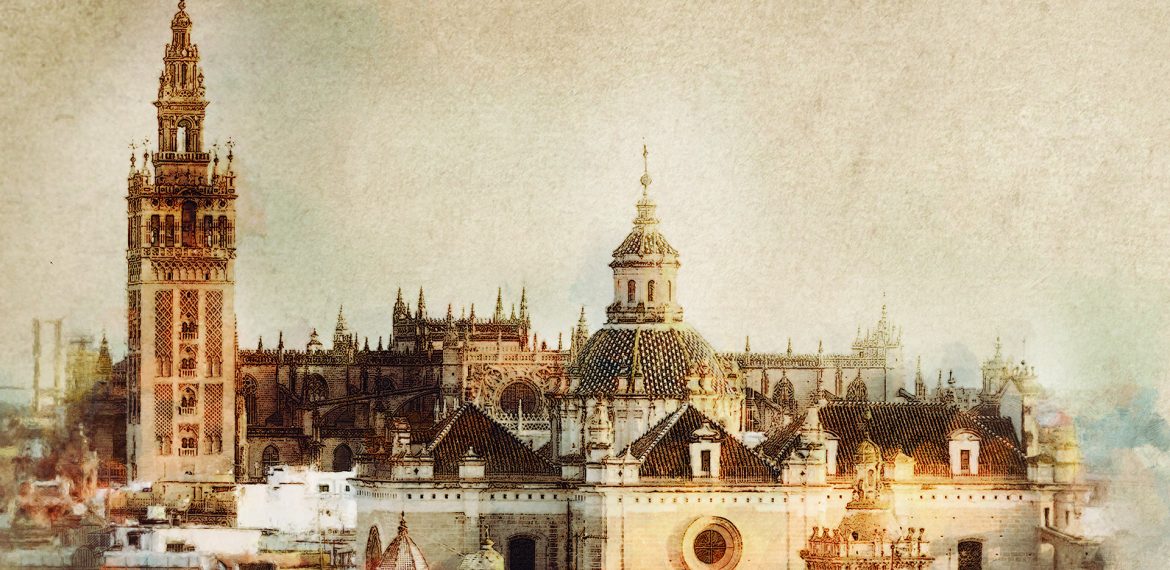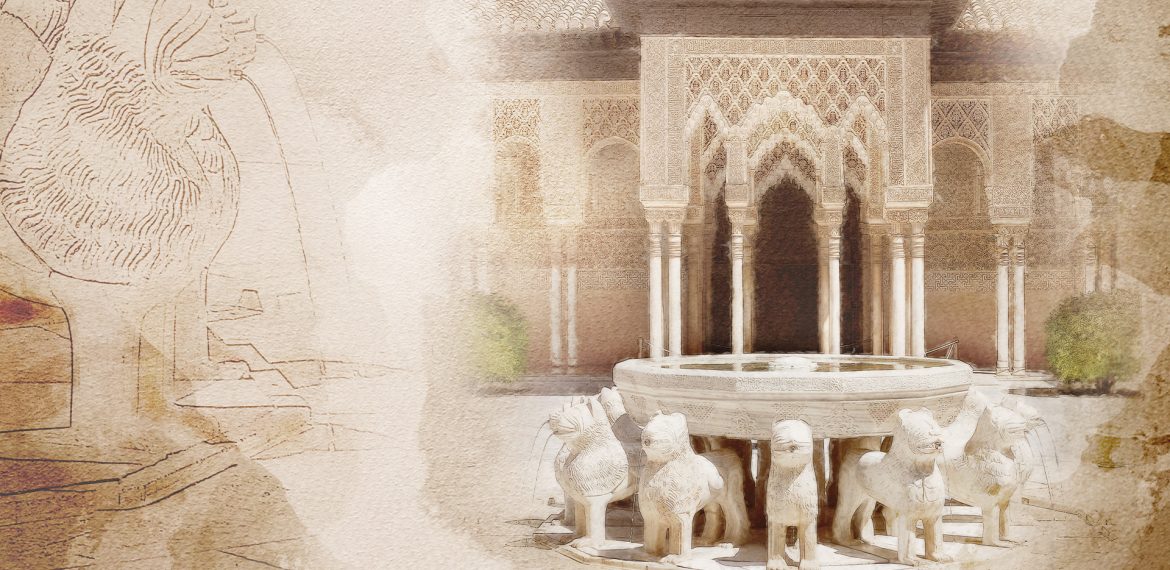Contents
Vila Galé Isla Canela
Diego Velázquez (1599–1660) was one of the greatest Spanish Baroque painters, born in Seville. Trained by Francisco Pacheco, he stood out for his mastery of portraiture and subtle realism. At the age of 24, he was appointed court painter to Philip IV, for whom he produced numerous portraits and historical
The Torre del Oro, or “Golden Tower”, is one of Seville’s most iconic landmarks. Built in the 13th century by the Almohads, it was used to watch over the Guadalquivir River and protect the city from invasions. Its name may derive from the golden glow of sunlight on its walls,
The Sierra Nevada, located in the province of Granada, is the highest mountain range in the Iberian Peninsula, with the Mulhacén peak reaching 3,479 metres. Rich in biodiversity, it has been a National Park and Biosphere Reserve since 1986. Its history dates back to the time of the Romans, who
The Royal Alcázar of Seville is a royal palace with Moorish origins, considered a masterpiece of Mudejar architecture. It was commissioned by Islamic rulers and successively expanded by Christian kings, incorporating Gothic, Renaissance and Baroque elements. Among its most emblematic spaces are the Courtyard of the Maidens, with its arches
Pablo Picasso (1881–1973), born in Málaga, is a central figure in 20th-century art. A co-founder of Cubism, he revolutionised painting, sculpture and ceramics with his innovative approach and versatility. His best-known periods include the Blue, the Pink and the Cubist periods. Works such as Les Demoiselles d’Avignon and Guernica marked
Bartolomé Esteban Murillo (1617–1682), born in Seville, was one of the great masters of the Spanish Baroque. He is known for the sweetness and spirituality of his works, especially in his depictions of the Virgin Mary and the childhood of Christ. His painting combines naturalism with a devotional sensibility, visible
The Mosque-Cathedral of Córdoba is one of the most emblematic monuments of Islamic and Christian architecture in Spain. Built in the 8th century, it was originally a mosque commissioned by Abderraman I over the old Basilica of San Vicente, which was shared for a time by Christians and Muslims. After
The White Towns are traditional villages in Andalusia, known for their whitewashed houses that contrast with the green of the mountains. Located in the provinces of Cádiz and Málaga, these towns preserve their Moorish architecture, with narrow, winding streets, flower-filled courtyards and historic castles. They reflect the fusion of Iberian,
The Giralda is the bell tower of Seville Cathedral, originally built as a minaret of the old mosque between 1184 and 1198. Standing 104 metres tall, it is one of the greatest symbols of Seville and a World Heritage Site. Its Moorish base was built using materials reused from Roman
The Lion Fountain is one of the most emblematic elements of the Alhambra in Granada, located in the centre of the Lion Courtyard. Consisting of a dodecagonal marble bowl supported by twelve lion sculptures, the fountain represents a refined example of Islamic art and hydraulic engineering. Built at the end
Categories
Latest Posts
- 15 de February, 2023
- 29 de September, 2017
- 29 de September, 2017
- 29 de September, 2017
- 29 de September, 2017

